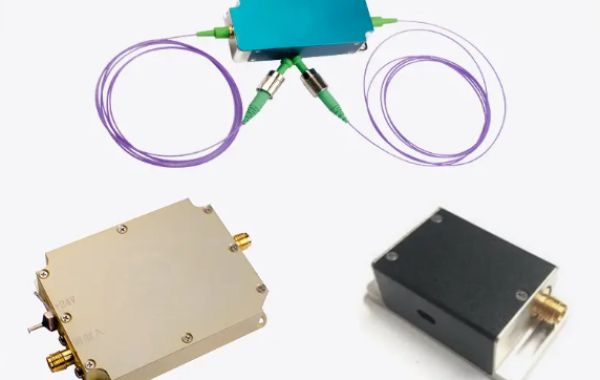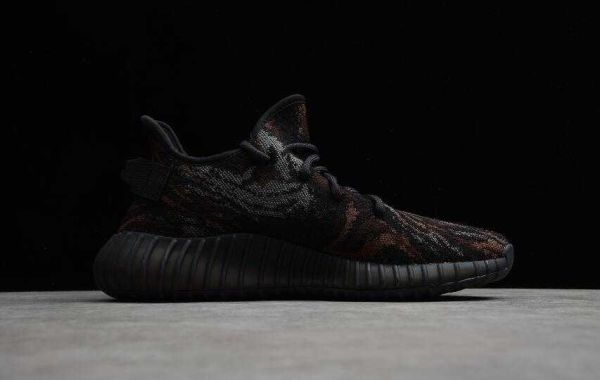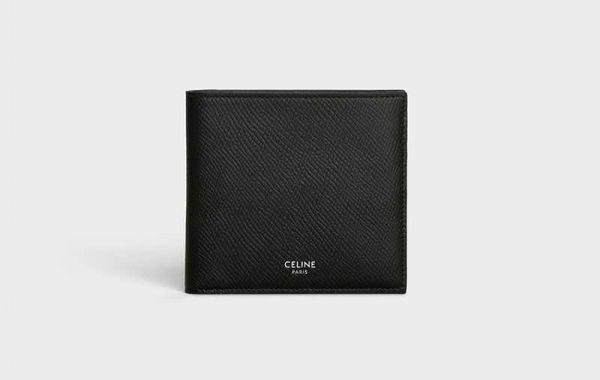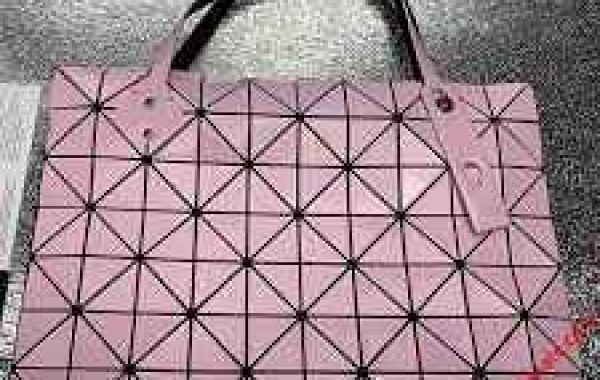Sound Wave Generation:
- An RF (Radio Frequency) signal is applied to a piezoelectric transducer.
- This transducer converts the electrical signal into a high-frequency sound wave.
Acoustic Wave Propagation:
- The generated sound wave travels through a crystal material (often made of materials like tellurium dioxide or lithium niobate).
- As the sound wave propagates, it creates periodic variations in the density and refractive index of the crystal.
Light Diffraction:
- When a beam of light enters the crystal, it interacts with the periodic variations in the refractive index caused by the sound wave.
- This interaction causes the light to diffract into multiple beams, known as diffraction orders.
- The angle of diffraction and the intensity of each diffraction order can be controlled by adjusting the frequency and amplitude of the RF signal.
Light Modulation:
- By carefully controlling the RF signal, we can manipulate the properties of the diffracted light:
- Intensity Modulation: Adjusting the amplitude of the RF signal can change the intensity of the diffracted light.
- Frequency Shifting: Changing the frequency of the RF signal shifts the frequency of the diffracted light.
- Beam Steering: Altering the direction of the sound wave within the crystal can deflect the diffracted light beam.
Fiber Coupling:
- The desired diffraction order is selected and coupled into an optical fiber using a lens or other optical components.
- This fiber-coupled output allows for easy integration of the AOM into various optical systems.








